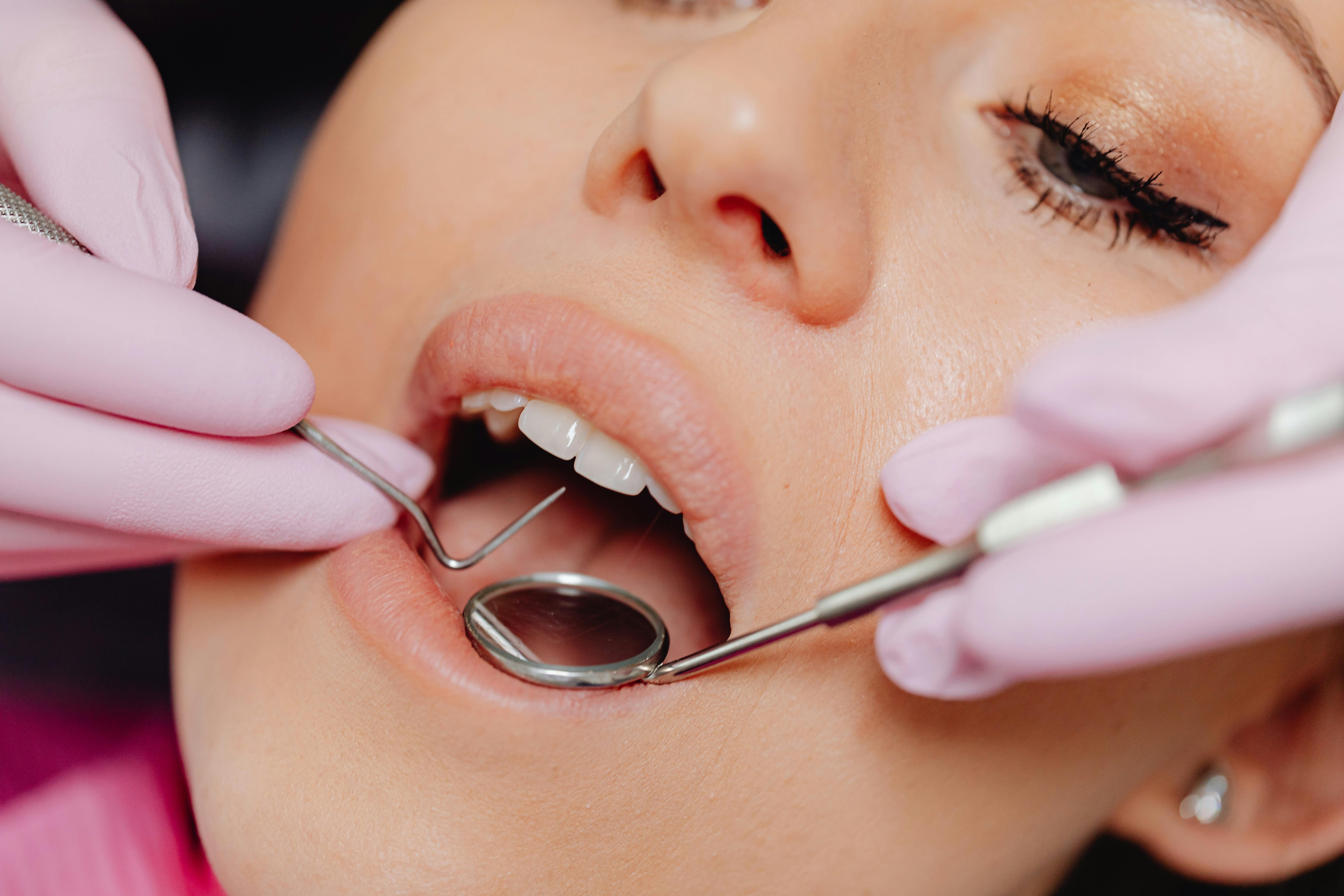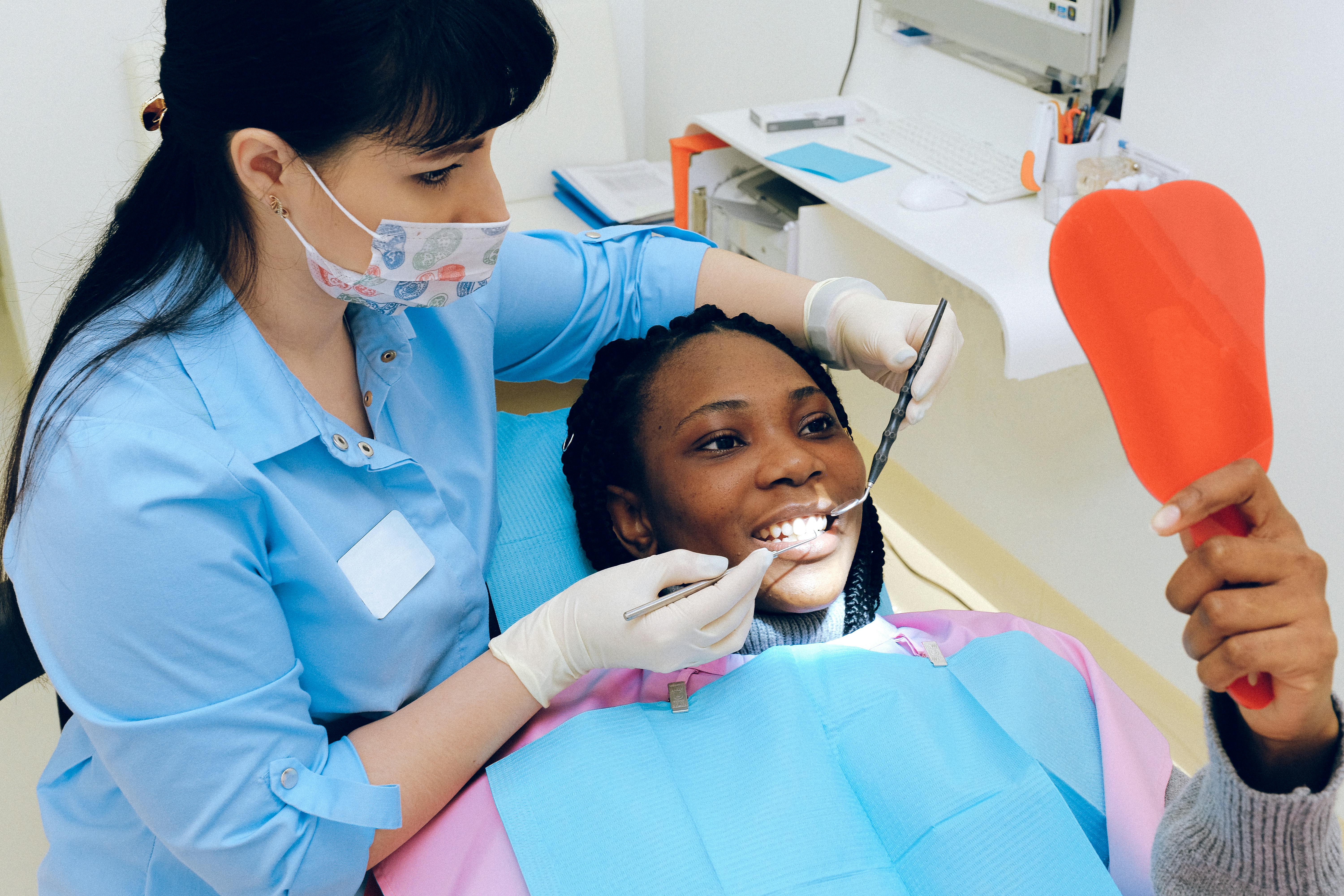A professional teeth cleaning is an important part of maintaining good oral health. But how long does a teeth cleaning take? The answer varies depending on the complexity of the procedure and individual needs. In general, a basic teeth cleaning appointment can take anywhere from 30 minutes to an hour, while a more complex procedure may require additional time. In this article, we will discuss the factors that affect how long a teeth cleaning takes, as well as what to expect during your appointment.A teeth cleaning typically takes around 45 minutes to complete.
Average Time for a Teeth Cleaning
A teeth cleaning appointment typically takes anywhere from 45 minutes to an hour. During this time, the dentist or dental hygienist will use special instruments to remove plaque and tartar from your teeth. They may also use a polishing tool to make them look brighter and smoother. X-rays may be taken if necessary, and the dentist will take a look at your mouth for any signs of tooth decay or gum disease. After the cleaning is finished, you’ll be given advice on how to properly brush and floss your teeth at home. If you have any questions or concerns, they can be addressed during this time as well.
Overall, you should plan on spending at least 45 minutes in the dental office for a professional teeth cleaning appointment. This time can vary depending on how much plaque and tartar needs to be removed from your teeth. However, it’s important to note that regular cleanings can help prevent more serious dental problems in the future.
Types of Teeth Cleanings
Teeth cleanings are an important part of oral health care and can be performed by a dentist or a dental hygienist. There are several types of teeth cleanings, and they vary in intensity and purpose.
The most common type of cleaning is a routine cleaning, which involves removing plaque and tartar buildup from the surface of the teeth. This type of cleaning is typically recommended for everyone at least twice per year. It helps to prevent cavities, gum disease, and other issues associated with poor oral hygiene.
A deep cleaning, also known as scaling and root planing, is a more intensive type of cleaning that focuses on areas below the gum line. This type of cleaning is usually recommended for individuals with advanced gum disease or those who have not had regular cleanings in the past. Deep cleanings help to remove plaque buildup from deep pockets around the teeth and can reduce inflammation in the gums.
Another type of teeth cleaning is known as a prophylaxis. This type of cleaning is used to remove stains caused by smoking, coffee drinking, or other lifestyle activities that can cause discoloration on the surface of the teeth. Prophylaxis treatments involve using special tools to remove surface stains from the enamel without damaging it.
Finally, sealant treatments are often recommended for children or adults who are prone to cavities due to their diet or lifestyle habits. Sealants are thin coatings that are applied directly to the surfaces of the teeth in order to protect them from decay-causing bacteria and acids found in certain foods and drinks. Sealants typically last for several years before they need to be reapplied or replaced.
Overall, there are several types of teeth cleanings available depending on your individual needs and goals for your oral health care regimen. It’s important to speak with your dentist about which type of cleaning would be best for you in order to maintain optimal oral health over time.
Factors that Impact the Length of a Teeth Cleaning
The length of a teeth cleaning can vary significantly depending on a number of factors. The first factor is the condition of your teeth and gums. If you have had regular cleanings and visits to the dentist, then the process should be shorter. However, if it has been a while since your last cleaning or if you have active decay or gum disease, then the process may take longer.
Another factor to consider is the type of cleaning being performed. Most cleanings involve scaling and polishing, but if more extensive work such as root planing is required, then it will take longer. Similarly, if your dentist needs to take x-rays or perform other types of treatments during your appointment, this will also add time to the process.
The third factor impacting the length of a teeth cleaning is how often you visit the dentist for check-ups and cleanings. If you visit regularly for check-ups and cleanings every six months, then any issues can be identified early on and treated quickly before they become more serious problems. This way, less time needs to be spent during each individual appointment addressing issues that have arisen since your last visit.
Finally, it’s important to note that different dentists may have different approaches when it comes to how long they spend on a teeth cleaning. Some dentists may prefer to take a more thorough approach while others may be quicker in their approach but still ensure that all areas are properly cleaned and checked for any signs of decay or gum disease.
In summary, there are several factors that affect how long a teeth cleaning will take including the condition of your teeth and gums, what type of cleaning is being performed, how often you visit your dentist for check-ups and cleanings, as well as individual approaches taken by different dentists. Keeping all these factors in mind can help you plan accordingly so that you know what to expect when it comes time for your next teeth cleaning appointment.
How to Prepare for a Teeth Cleaning
Preparing for a teeth cleaning is an important step in maintaining proper oral hygiene. It is essential to follow the steps outlined below to ensure that your teeth cleaning appointment goes as smoothly as possible. Here are some tips on how to prepare for a teeth cleaning:
First, make sure you brush and floss your teeth prior to your appointment. This helps remove any plaque or debris that may be stuck in between your teeth, which can make the cleaning process easier and more effective. If possible, try to avoid eating or drinking anything before your appointment, as this can also interfere with the effectiveness of the cleaning.
Second, inform your dentist or hygienist of any changes in your dental health since your last visit. This includes any new cavities you may have developed, changes in sensitivity, or any other dental issues that may have occurred. By informing them ahead of time, they will be able to provide better care during the appointment and address any issues that arise quickly and effectively.
Third, make sure you are well-rested before attending your appointment. Being tired can make it more difficult for you to sit still during the cleaning process and can also affect how well the procedure is performed. Additionally, it’s important to wear comfortable clothing that won’t interfere with the dentist’s ability to access all areas of your mouth during the procedure.
Finally, don’t forget to bring along any necessary paperwork or insurance information needed for your appointment. It’s also important to arrive early so that you can fill out any necessary forms prior to beginning the procedure. By following these simple steps, you can ensure that you receive the best possible care during your teeth cleaning appointment.

What Happens During a Teeth Cleaning?
A teeth cleaning is a routine dental procedure that helps to remove plaque and tartar from your teeth and gums. The process typically includes an examination of your mouth, including an evaluation of your gums and teeth, followed by a thorough cleaning. During the procedure, the dentist or hygienist will use special tools to scrape away plaque and tartar from your teeth, as well as flossing between them. They may also use a polishing tool to give your teeth a smooth finish. Once the cleaning is complete, they may recommend any additional treatments or preventive measures you should take to protect your oral health. Depending on the condition of your mouth, they may also suggest other procedures such as fillings or root canals.
At the end of the appointment, you will be given tips on how to properly maintain good oral hygiene at home. This may include brushing twice per day with fluoride toothpaste, flossing daily, using an antiseptic rinse if recommended by your dentist, and avoiding sugary snacks and drinks that can lead to cavities. Following these instructions can help keep your teeth healthy and prevent future dental problems.
Pros of Professional Teeth Cleanings
Regular professional teeth cleanings are an important part of maintaining good oral health. They help to remove plaque and tartar buildup that can lead to cavities and gum disease. Professional teeth cleanings also help to detect any signs of early tooth decay or gum disease that can be treated before it causes any major damage. Regular dental visits also help to prevent bad breath, discoloration, and other dental problems.
Cons of Professional Teeth Cleanings
The downside of professional teeth cleanings is that they can be costly for those without insurance, and may not always be covered by insurance plans. Another downside is that they require time off work or away from other activities in order to get the cleaning done. In addition, some people may experience pain or discomfort during a professional teeth cleaning due to the scraping and scrubbing involved in the process.
Benefits of Professional Teeth Cleanings
Getting regular professional teeth cleanings is an important part of maintaining good oral health. Professional teeth cleaning can remove plaque and tartar build-up, which can cause cavities and gum disease. It can also help identify any potential problems before they become serious issues. Some of the benefits of professional teeth cleanings include:
• Improved oral hygiene: Professional teeth cleanings help to remove plaque and tartar buildup that cannot be removed with brushing and flossing alone. This helps to reduce the risk of tooth decay, cavities, and gum disease.
• Fresher breath: Regular professional teeth cleanings help to remove the bacteria that cause bad breath. This can help improve your overall oral health and make it easier to keep your breath smelling fresh.
• Whiter teeth: Professional teeth cleanings can help to remove surface stains from your teeth, leaving them looking brighter and whiter. This can help boost your confidence when you smile.
• Early detection of dental problems: Professional teeth cleanings allow your dentist to identify any potential problems before they become more serious. This can save you time, money, and discomfort in the long run by catching problems early on.
Overall, getting regular professional teeth cleanings is an important part of maintaining good oral health. Not only does it help improve your hygiene, but it also helps to prevent more serious dental issues down the road. So make sure you schedule regular appointments with your dentist for a healthy smile!

Conclusion
The length of a teeth cleaning appointment can vary depending on the individual and the type of cleaning required. Generally, a routine teeth cleaning takes around 45 minutes to an hour to complete. If more extensive work is needed, such as deep cleanings or X-rays, the appointment may take longer. Regular dental checkups are important for maintaining good oral health, and it’s important to understand how long these appointments may take so that you can plan accordingly.
At the end of the day, taking care of your oral health is essential for your overall wellbeing. Knowing how long a teeth cleaning appointment may take is an important part of staying on top of your dental health. With regular checkups and cleanings, you can ensure that your smile is healthy and happy for years to come.
